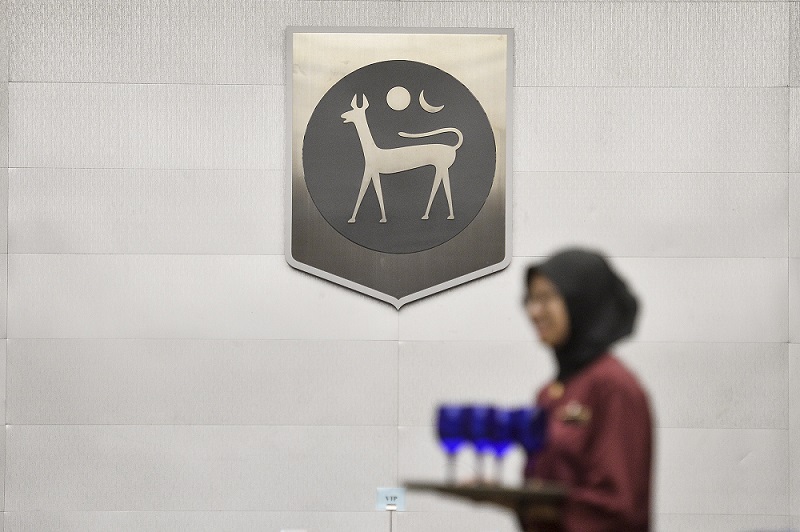KUALA LUMPUR, March 26 — Bank Negara Malaysia’s (BNM) loan relief measures are expected to preserve the stability of the banking system from disruptions caused by Covid-19, according to RAM Rating Services Bhd (RAM Ratings).
In a statement today, the rating agency said the introduction of these measures came on the heels of broad-based spillover effects across the economy.
‘‘Although the forbearance will provide a much-needed breather to borrowers in the interim, we believe it could defer the crystallisation of some credit risk to 2021, especially if the pandemic’s impact lasts beyond the payment holiday,” said RAM Ratings.
These initiatives, it said, would shield banks’ reported asset-quality indicators against short-term difficulties and curb delinquencies that would otherwise occur.
“The automatic six-month moratorium period will be excluded when determining deliquency status while rescheduled and restructured loans need not be classified as impaired,” it said.
RAM Ratings therefore expected the industry’s gross impaired loan (GIL) ratio to come in at around 1.6 per cent this year (end-January 2020: 1.56 per cent), instead of its earlier forecast of 1.7 to 1.9 per cent.
“Nonetheless, the absence of repayments during the moratorium renders it hard to gauge the true extent of the underlying weakness,” it added.
RAM Ratings said the moratorium, applicable to all loan repayments (except credit cards) for individuals and small and medium enterprises, would benefit 71 per cent of the industry’s total loans, excluding development financial institutions.
“We highlight that interest will still accrue during the moratorium period and banks will continue to recognise interest income,” said the rating agency.
It also expected a higher credit cost ratio of 40-50 basis points this year (2019: 30 basis points excluding one-offs) for Malaysia’s eight anchor banking groups.
“Banks may build up provisions to preempt potentially higher defaults next year as well as deterioration in their overseas loans.
‘Having said that, BNM stipulates that loans subject to the moratorium should not result in a stage transfer under the three-stage provisioning model of Malaysian Financial Reporting Standard 9 (MFRS 9), unless accompanied by other factors,” it said.
In addition, the regulator expects banks to incorporate in their MFRS 9 models the various support measures intended to address the economic blow. According to RAM Ratings, this regulatory guidance will moderate the incremental provisions that banks incur.
BNM’s initiatives further involve a temporary removal of the regulatory reserve requirement that serves as a buffer for credit losses.
RAM Ratings said this would reduce banks’ loan loss coverage, although slightly increasing their common equity tier-1 capital in return.
The agency evaluates the loss absorption capacity of banks holistically, taking into consideration both loan loss coverage and capital buffer.
“As such, we see the exemption of the regulatory reserve requirement as largely neutral to banks’ overall loss absorbency, all else being equal.
“To support efforts made by banks to assist borrowers, BNM has also temporarily relaxed requirements on capital, funding and liquidity, with buffers to be rebuilt after end-2020. The drawdown of these prudential buffers cannot be channelled towards dividends or share buybacks,” it noted.
In addition, the central bank has assured that liquidity in the system remains sufficient, which is consistent with RAM Ratings’ findings from industry players.
The industry’s excess liquidity amounted to RM160 billion, while BNM released an additional RM30 billion of liquidity by revising the statutory reserve requirement in a pre-emptive move last week.
“RAM Ratings highlights that the easing of regulatory requirements on capital and liquidity may weaken some metrics that are crucial to our credit analysis,” it said. — Bernama






















